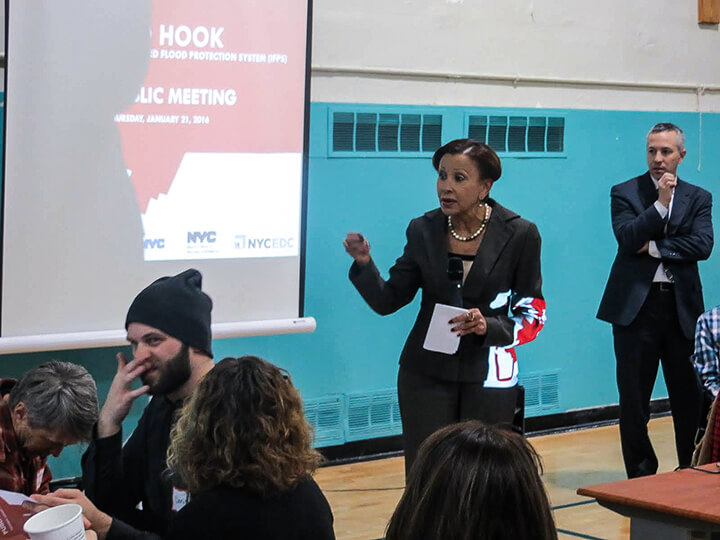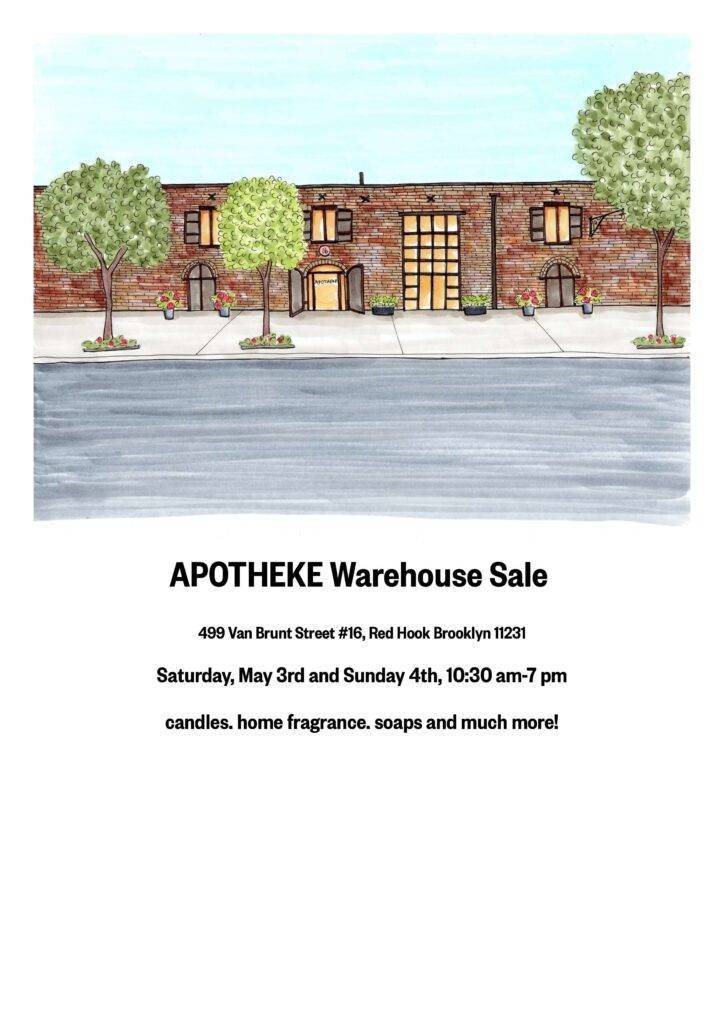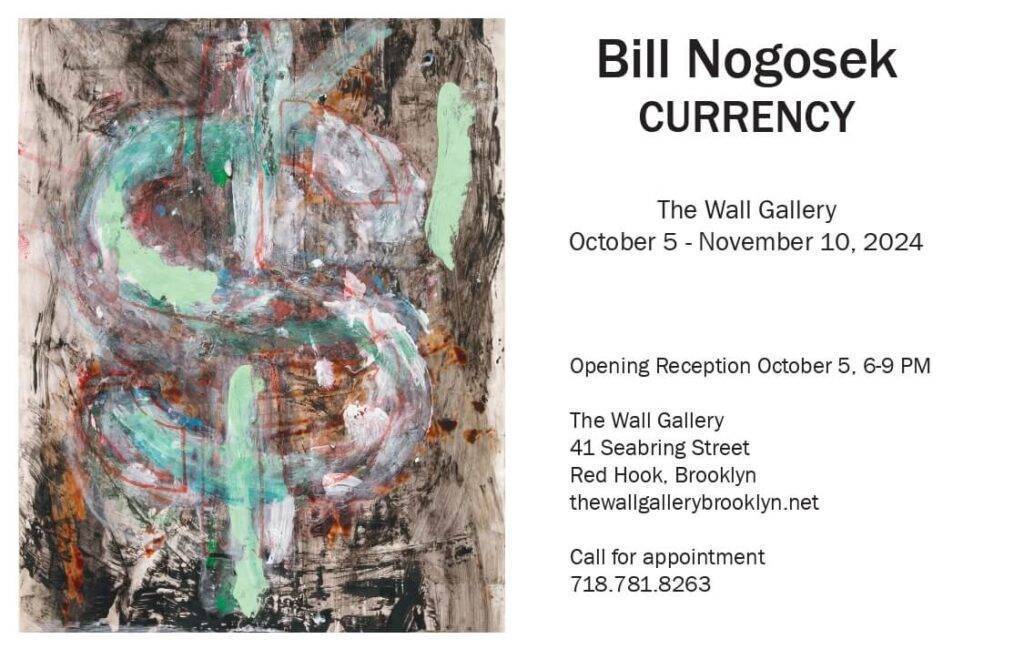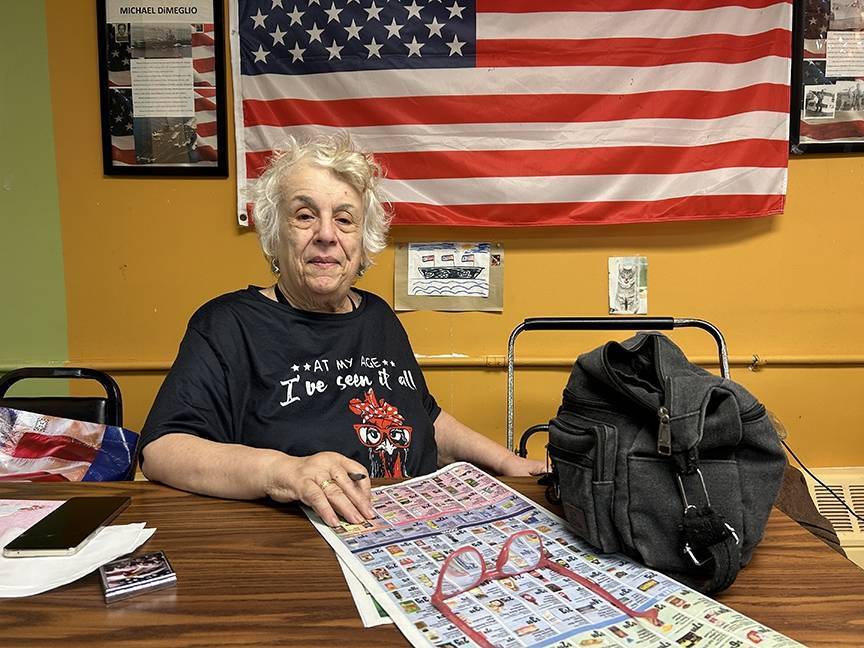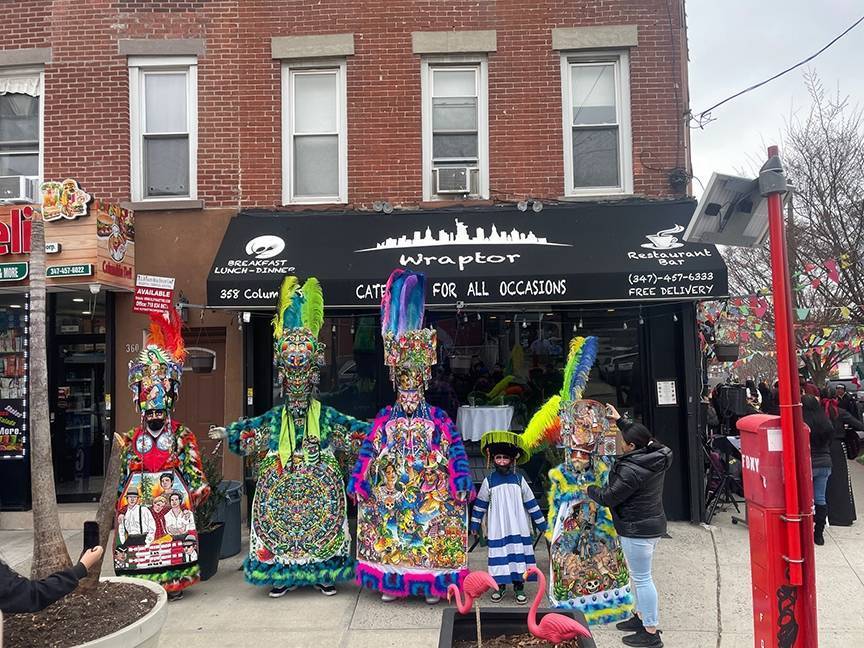Last month we wrote that a long-planned plan to protect Red Hook from future hurricanes failed to protect places like Food Bazaar, the Beard Street Warehouses, and the Red Hook Container Terminal, despite the city’s claim that they consulted with the stakeholders from all those places.
The claim was true, but they didn’t listen to the stakeholders. A major property owner in Red Hook is the O’Connell Organization, who own the former two properties. Gregory R. O’Connell, speaking for his company, told us that the follow-up meeting that was held with Congresswoman Nydia Velazquez was a short one.
“The city cut the meeting short and didn’t answer any questions,” said O’Connell. He continued: “About ten businesses and residents introduced themselves and expressed their concerns. City’s response, “we hear you.” ”
“We will continue to work with our elected officials to push for a change. I get the feeling that this design doesn’t have any real backing or legs to stand on and we have a good chance of getting back to the drawing board. Additionally this design does not address cloudburst storms i.e. Ida. Pretty big omission considering that storm was responsible for more deaths in NYC than Sandy.”
Congresswoman Velazquez said in a statement: “Flooding is one of the biggest challenges for the Red Hook community, threatening residences, businesses, and community spaces with physical as well as financial damage. We recently passed and the President signed into law the Bipartisan Infrastructure Bill. It includes $47 billion for climate resilient infrastructure to help mitigate storms, flooding, droughts, and wildfires. Ultimately, we want to come up with a buildable, reliable, and effective solution, and fully fund it to protect the entire community.”
Last week it was announced that lower Manhattan would be receiving $5 billion to fund their own flood protection.
Jim Tampakas, who has been active in community affairs over his 40 years in Red Hook had this to say about that: “We got $50 million and Last Mile Warehouses to deal with.
It’s like we are the outhouse of NYC while downtown Manhattan is the living room.”
Author
-

George Fiala has worked in radio, newspapers and direct marketing his whole life, except for when he was a vendor at Shea Stadium, pizza and cheesesteak maker in Lancaster, PA, and an occasional comic book dealer. He studied English and drinking in college, international relations at the New School, and in his spare time plays drums and fixes pinball machines.
View all posts
George Fiala has worked in radio, newspapers and direct marketing his whole life, except for when he was a vendor at Shea Stadium, pizza and cheesesteak maker in Lancaster, PA, and an occasional comic book dealer. He studied English and drinking in college, international relations at the New School, and in his spare time plays drums and fixes pinball machines.

